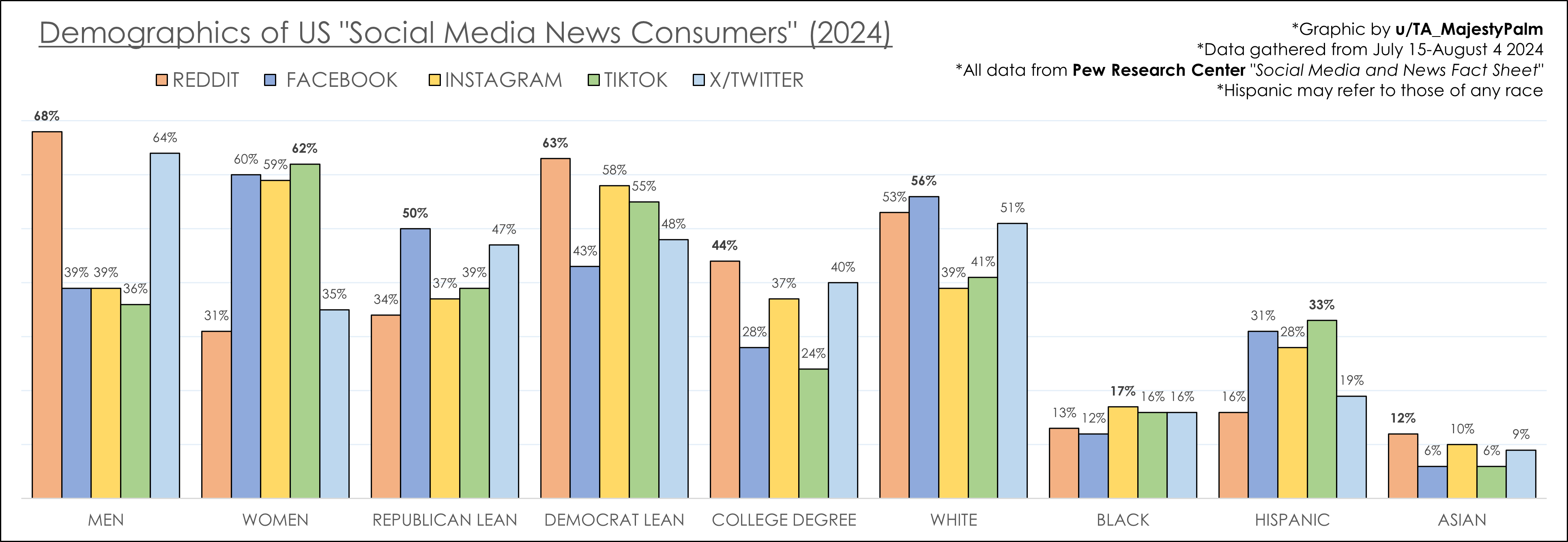How have hurricanes shaped the landscape of the United States over the decades?
From the notorious Labor Day Hurricane of 1935 to the devastating impact of Hurricane Katrina in 2005, the history of hurricane landfalls in the United States offers a tapestry of powerful storms that have left indelible marks on the nation's coastlines.
The United States hurricane landfalls history not only chronicles the strengths and impacts of these natural phenomena but also provides key insights into patterns that help predict future occurrences. This exploration into historical records unveils the significance of understanding hurricane frequency and intense climatic patterns that continue to challenge coastal regions.
Overview of United States Hurricane Landfalls History
The history of hurricane landfalls in the United States is a tapestry woven with storms of varying intensities and impacts. Hurricanes have been an enduring aspect of the nation's climate, with some of the most catastrophic events leaving indelible marks on communities. Over the years, these storms have caused widespread destruction and loss of life, highlighting the need for robust preparedness and response strategies. The frequency and intensity of hurricanes have fluctuated, with the strongest storms being recorded in recent history. These events provide critical insights into the patterns and impacts of hurricanes, offering lessons for future resilience.
Historical records are invaluable in understanding the patterns of hurricane activity. By examining past data, scientists and policymakers can identify trends and shifts in hurricane behavior, which are crucial for forecasting and mitigating future impacts. These records help unravel the complex interactions between climatic conditions and hurricane formation, enabling more accurate predictions and improved emergency planning. The data not only aids in understanding the past but also informs the development of strategies to minimize risks and enhance community resilience against future storms.
Year | Hurricane Name | Category | Impact
— | — | — | —
1935 | Labor Day Hurricane | 5 | Extensive destruction in the Florida Keys
1969 | Camille | 5 | Severe damage along the Mississippi Gulf Coast
1992 | Andrew | 5 | Massive devastation in South Florida
2005 | Katrina | 3 | Catastrophic flooding in New Orleans
2017 | Harvey | 4 | Historic rainfall and flooding in Texas
Notable Hurricanes in US History
The Labor Day Hurricane of 1935 remains one of the most catastrophic storms in American history. As a Category 5 hurricane, it unleashed its fury on the Florida Keys, causing extreme destruction. It was the first recorded hurricane to reach such intensity in the Atlantic Basin, with winds exceeding 185 mph. The storm surge it generated was responsible for the majority of the fatalities, claiming over 400 lives. The devastation prompted significant changes in hurricane forecasting and emergency response protocols, laying the groundwork for modern disaster management strategies.
Hurricane Camille in 1969 is another landmark event in the history of US hurricanes. Striking the Mississippi Gulf Coast, Camille reached Category 5 status with winds estimated at 175 mph. The storm's impact was catastrophic, resulting in over 250 deaths and causing extensive damage to infrastructure and homes. Camille's intensity and the subsequent flooding it caused highlighted the need for improved communication and evacuation procedures. The lessons learned from Camille have been instrumental in shaping current hurricane preparedness and response measures.
Hurricane Michael in 2018 brought the destructive power of hurricanes into the contemporary era. Making landfall in the Florida Panhandle as a Category 5 hurricane, Michael was one of the strongest hurricanes to strike the continental United States. Its rapid intensification and powerful winds caused widespread devastation, leading to extensive property damage and loss of life. The storm underscored the challenges posed by climate change, as warmer ocean temperatures contribute to the increased intensity of hurricanes. Michael's impact served as a stark reminder of the ongoing need for robust infrastructure and resilient communities.
- 1900: Galveston Hurricane – Deadliest natural disaster in U.S. history.
- 2004: Hurricane Charley – Severe damage in Florida with rapid intensification.
- 2012: Hurricane Sandy – Massive flooding and damage in the Northeast.
- 2017: Hurricane Irma – Extensive damage across the Caribbean and Florida.
- 2020: Hurricane Laura – Devastation in Louisiana with significant storm surge.
Patterns and Frequency of Hurricane Landfalls
The frequency of hurricanes making landfall in the United States has varied over different periods, with recent decades witnessing notable fluctuations. In the late 20th and early 21st centuries, there has been an observable increase in hurricane activity, particularly from the 1990s onward. This period saw an uptick in the number of hurricanes reaching the U.S. coastlines, with some years experiencing multiple landfalls. For instance, the 2004 Atlantic hurricane season was particularly active, with four hurricanes making landfall in Florida alone. Such patterns are not just random occurrences but are often linked to broader climatic cycles and oceanic conditions, which play a pivotal role in shaping hurricane frequency and intensity.
Climatic conditions, including sea surface temperatures and atmospheric patterns, significantly influence hurricane paths and their frequency. Warmer ocean temperatures provide more energy for storms, potentially increasing both their intensity and frequency. The El Niño and La Niña phenomena also affect hurricane activity; El Niño tends to suppress hurricane formation in the Atlantic, while La Niña can enhance it. These climatic conditions create favorable or unfavorable environments for storm development, altering the typical paths hurricanes might take. Understanding these factors is crucial for predicting future hurricane seasons and preparing for potential impacts. By analyzing historical data, scientists can identify these patterns and help communities better prepare for hurricane threats.
- 2005: 15 hurricanes, including Katrina (Category 3)
- 2010: 12 hurricanes, notable for Igor (Category 4)
- 2012: 10 hurricanes, including Sandy (Category 3)
- 2017: 10 hurricanes, with Harvey (Category 4) and Irma (Category 5)
- 2020: 14 hurricanes, featuring Laura (Category 4) and Delta (Category 2)
Impact of Major Hurricanes on the Gulf and East Coasts
The Gulf Coast of the United States has a rich history of hurricane activity, marked by numerous intense storms that have left lasting impacts on the region. One of the most devastating hurricanes to strike the Gulf Coast was Hurricane Katrina in 2005. It made landfall in Louisiana as a Category 3 hurricane, causing catastrophic flooding, particularly in New Orleans, due to levee failures. The storm resulted in over 1,800 fatalities and billions of dollars in damage. Katrina's impact highlighted significant vulnerabilities in infrastructure and emergency response systems, prompting widespread reforms and investments in flood protection and disaster preparedness.
On the East Coast, hurricanes have also inflicted considerable damage, with several notable storms leaving their mark. Hurricane Sandy in 2012 is one such example, striking the Northeast with unprecedented force. Although it was downgraded to a post-tropical cyclone upon landfall, Sandy's massive size and storm surge caused extensive flooding in New York and New Jersey. The storm disrupted transportation systems, cut power to millions, and resulted in significant economic losses. Sandy's effects underscored the need for comprehensive coastal management strategies and the importance of building resilient infrastructure to withstand future storms.
The vulnerability of the Gulf and East Coasts to hurricanes is a result of their geographical location and dense population centers. These regions are frequently in the path of powerful storms originating in the Atlantic and the Gulf of Mexico. Over time, both coasts have made strides in adapting to these challenges through improved forecasting, enhanced building codes, and better evacuation planning. Investments in infrastructure, such as levees and flood barriers, have also been critical in mitigating the impacts of future hurricanes. However, as climate change continues to influence storm intensity and frequency, ongoing efforts are essential to enhance resilience and protect these vulnerable coastal areas.
Historical Changes in Hurricane Intensity and Tracking
How has hurricane intensity changed over time? Hurricanes have shown variations in intensity throughout history, with a noticeable increase in the frequency of more intense storms in recent decades. Historical hurricane data reveals that the number of Category 4 and 5 hurricanes has risen, particularly since the 1970s. This trend is attributed to warmer ocean temperatures, which provide more energy for storms to strengthen. For instance, the 2005 hurricane season was one of the most active on record, with several hurricanes reaching Category 5 intensity, including Katrina, Rita, and Wilma. These powerful storms caused extensive damage and highlighted the growing threat posed by more intense hurricane events.
What advancements have been made in hurricane tracking technology? The evolution of hurricane tracking technology has dramatically enhanced the ability to forecast and respond to these natural disasters. Early hurricane tracking relied on ship reports and sparse observational data, limiting the accuracy of predictions. However, significant technological advancements have occurred over the years. The introduction of satellite technology in the 1960s revolutionized hurricane monitoring, providing real-time imagery and data. Further advancements, such as the development of computer models and the use of reconnaissance aircraft, have improved the precision of forecasts and the understanding of storm dynamics. These tools enable better preparedness and response strategies, reducing the potential impact of hurricanes on communities.
- Satellite Technology: Enabled real-time tracking and monitoring of hurricanes.
- Computer Models: Improved forecasting accuracy with advanced simulations.
- Reconnaissance Aircraft: Provided detailed data on storm conditions and intensity.
Final Words
Diving into the United States hurricane landfalls history reveals the profound and varied impacts these storms have had over the years.
From the devastation wrought by historical US hurricanes to the notable effects of recent storms like Hurricane Michael in 2018, we see how patterns, intensity, and technological advancements have shaped our understanding and response.
The Gulf and East Coasts remain especially vulnerable yet display remarkable resilience and adaptation.
Historical records continue to be invaluable for deciphering hurricane paths and frequency—guiding communities in bolstering preparedness.
With ongoing advancements, the goal remains clear: improve safety and minimize destruction.



